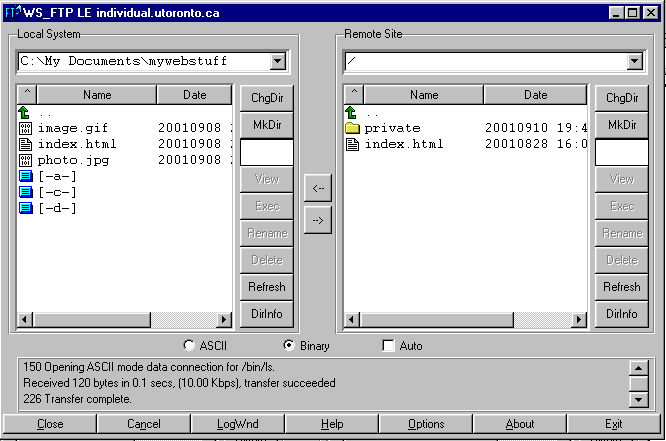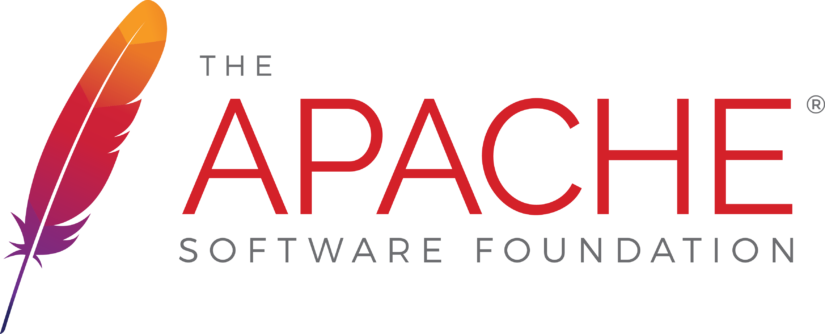
An application Web Server is a type that hosts Web services in its entirety and can serve dynamic content. They are much more resource-intensive than regular web servers. They are essential for your business. They can host a variety of different applications. Here are some of the features of an application web server.
Application web server can be described as a type or application server
An application Web Server is a server that allows web and enterprise-level applications to be run. It manages the backend logic, deployment, security, and administration of applications. The application server can offer transaction and JPA capabilities. Its primary function allows websites and applications to communicate with each other.
An application server, a networked computer that exposes business functionality to clients, is an application server. They communicate via HTTP and produce the results clients require. Unlike the web server, however, an application web server does not produce HTML content.

It hosts standalone Web services
An Application Web Server (AWS) is a server that hosts stand-alone Web services. These services are often web applications. These servers support different types of containers including COM+ and EJB. These servers host HTTP static content and can support different scripting languages.
The difference between a web server and an application server is in the type of content it serves. An application server is specialized in dynamic content, while a web server serves static web pages. An application server can host Web services like Java applets.
It delivers dynamic content
Application web server is the software that enables dynamic content to be served on a web page. This content can be in the form of a static file or based on data received from external sources. The data can be obtained from clients via HTML forms that use GET, POST, proprietary Java Applets, and other data. CGI (CGI), which allows dynamic web content to be created, was first developed. This technology allows the server's ability to execute external scripts as well as output HTML code.
Dynamic content is usually created from text but can also be generated using user location, weather conditions, system details, or device types. It can also include information on products and actions that the user has taken. An application's KPIs (Key Performance Indicators) can be improved by providing dynamic content.

It consumes more resources as a webserver
An application webserver is a server that provides code to clients. It exposes clients' business logic and delivers the desired results. An application server provides code for specific tasks, while a web server responds with every HTTP request. An application server responds to a request with dynamic HTML content but creates a new file according to the request.
Application servers can support many protocols and applications. They allow users to run web applications as well as enterprise-based applications. They can also be used to support HTTP and RMI. The primary function of an application server in web development is to create a working environment.
FAQ
Can I use HTML & CCS to build my website?
Yes! If you've been following along so far, you should now understand how to start creating a website.
After you have learned how to structure a website, you will need to know HTML and CSS.
HTML stands for HyperText Markup Language. Think of it like writing a recipe for a dish. It would include ingredients, instructions, as well as directions. Similarly, HTML tells a computer which parts of text appear bold, italicized, underlined, or linked to another part of the document. It's the language for documents.
CSS stands for Cascading Style sheets. Think of it like a style sheet for recipes. Instead of listing each ingredient and instructing, you can write down general guidelines for font sizes, colors and spacing.
HTML tells the browser what HTML is and CSS tells it how.
If you don't understand either of those terms, don't fret. Follow these tutorials to create beautiful websites.
Does A Good Portfolio Make Me More Likely To Be Hired As A Web Developer?
Yes. If you want to land a job as web designer or developer, your portfolio is essential. Your portfolio should include examples of your skills.
A portfolio typically includes samples from your past projects. These can be anything that shows off your skill set. Portfolios should contain everything, from wireframes, mockups, logos and brochures to websites, apps, and websites.
What Websites should I make?
It all depends on what your goals are. You may choose to sell products online if you want to build a website. To make this happen, you'll need a reliable eCommerce website.
Blogs, portfolios and forums are all popular websites. Each requires different skills. For instance, if you want to set up a blog, you will need to learn about blogging platforms such as WordPress or Blogger.
Once you have chosen a platform, it is also important to determine how you can customize the appearance of your site. There are many templates and themes available that can be used for free on each platform.
Once you've chosen a platform, you can build your website by adding content. You can add images, videos, text, links, and other media to your pages.
When you are ready to launch your new website, you can publish it online. Once your website is published, visitors will be able to access it in their web browsers.
How Much Does It Cost to Make An Ecommerce Site?
It depends on the platform you choose and whether you use a freelancer to build your site or hire a service provider. eCommerce websites start at about $1,000.
Once you have chosen a platform, expect to pay between $500 and $10,000.
Templates are usually not more expensive than $5,000, unless you have a specific purpose. This includes any customizing you do to your brand.
What is a responsive web design?
Responsive Web Design (RWD) is an approach to designing websites where content displays responsively on all devices - desktop computers, laptops, tablets, smartphones, etc. This allows users the ability to view a website simultaneously on different devices and still have access to other features like navigation menus, buttons, and so forth. The goal of RWD is to ensure that when a user views a site on any screen size, they view the exact version of the site.
Consider, for instance, that you're building a website for an eCommerce company and your products are sold primarily online. It is important to ensure that your website can be accessed on any device, including a smartphone.
A responsive website will adjust its layout automatically based on what device is used to view it. Your laptop will view the website exactly as a normal desktop site. But, the page will appear differently if you view it on your phone.
This means you can make a website that looks amazing on all types of devices.
Statistics
- In fact, according to Color Matters, a signature color can boost brand recognition by 80%. There's a lot of psychology behind people's perception of color, so it's important to understand how it's used with your industry. (websitebuilderexpert.com)
- It's estimated that chatbots could reduce this by 30%. Gone are the days when chatbots were mere gimmicks – now, they're becoming ever more essential to customer-facing services. (websitebuilderexpert.com)
- The average website user will read about 20% of the text on any given page, so it's crucial to entice them with an appropriate vibe. (websitebuilderexpert.com)
- At this point, it's important to note that just because a web trend is current, it doesn't mean it's necessarily right for you.48% of people cite design as the most important factor of a website, (websitebuilderexpert.com)
- Did you know videos can boost organic search traffic to your website by 157%? (wix.com)
External Links
How To
What is website hosting?
Website hosting describes where visitors go when they visit a site. There are two types.
-
Shared Hosting - This is your cheapest option. Your website files reside on a server owned by someone else. Customers visiting your website send their queries over the Internet, to that server. The server owner then forwards the request to you.
-
Dedicated hosting is the most expensive option. Your website is located on only one server. No other websites share space on the server, so your traffic stays private.
Shared hosting is preferred by most businesses because it's cheaper than dedicated hosting. Shared hosting allows you to have your website run by the company who owns the server.
But there are pros and cons to both options. Here are some key differences between them.
The pros of shared hosting:
-
Lower Cost
-
It's easy to set up
-
Frequent Updates
-
It can be found on many web hosting companies
You can get shared hosting for as low as $10 per monthly. Keep in mind, however, that bandwidth is usually included in the price. Bandwidth is how much data you can transfer to the Internet. So even if you only upload photos to your blog, you may still pay extra money for high amounts of data transferred through your account.
You'll soon realize why your old host cost so much once you get started. Most shared hosts provide very limited customer support. While they may occasionally assist you in setting up your site and other tasks, after that you are all on your own.
Look for a provider who offers 24/7 phone support. They will help you deal with any issues that arise while your sleeping.
Cons of dedicated hosting
-
More Expensive
-
Fewer Common
-
You will need to have special skills
You're getting everything you need with dedicated hosting to operate your website. You won't have to worry about whether you're using enough bandwidth or whether you've got enough RAM (random access memory).
This means that you will have to pay a little more upfront. Once you get started with your online business, you will find that you don't require much technical support. You'll be able to manage your servers effectively.
Which is better for my business?
It all depends on the type of website you are creating. Shared hosting is best for those who only need to sell products. It is simple to set up and easy to maintain. It's easy to set up and maintain, as you share a server with other sites. You will likely be updated frequently.
However, dedicated hosting is the way to go if you want to build a community around your brand. You can put your efforts into building your brand, and not worry about how to handle your traffic.
Bluehost.com is the best web host for both. Bluehost.com provides unlimited monthly data transfer, 24/7 support, free domain registration and a 30-day money back guarantee.